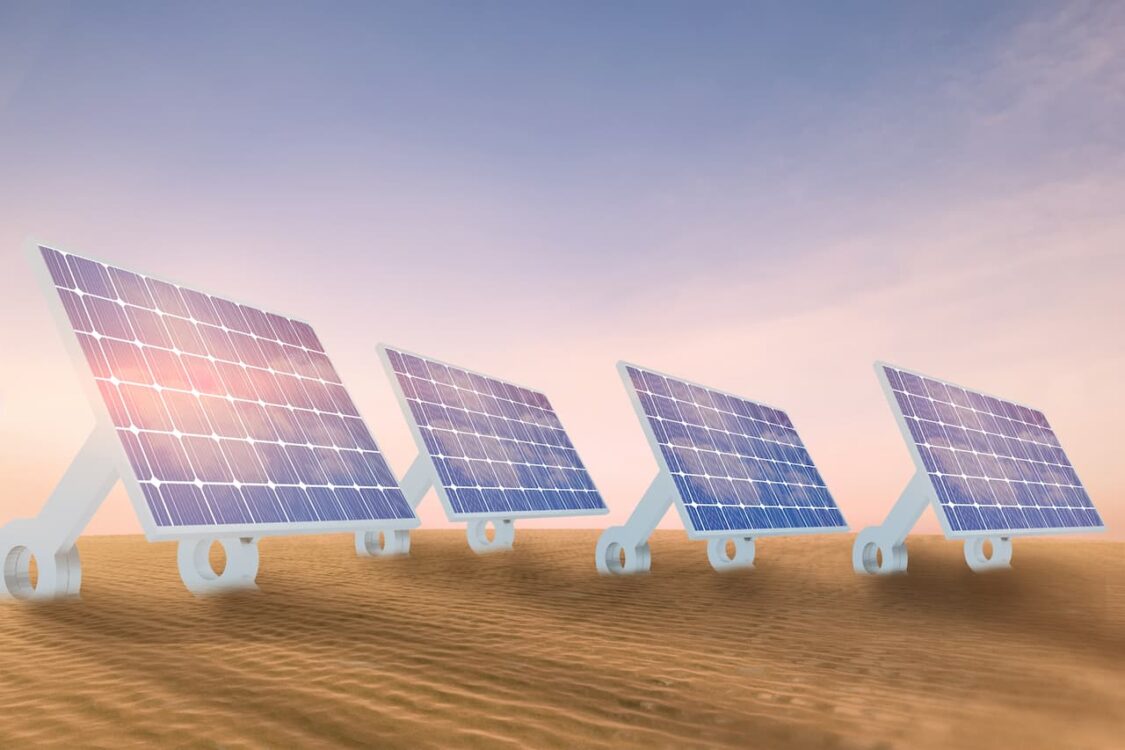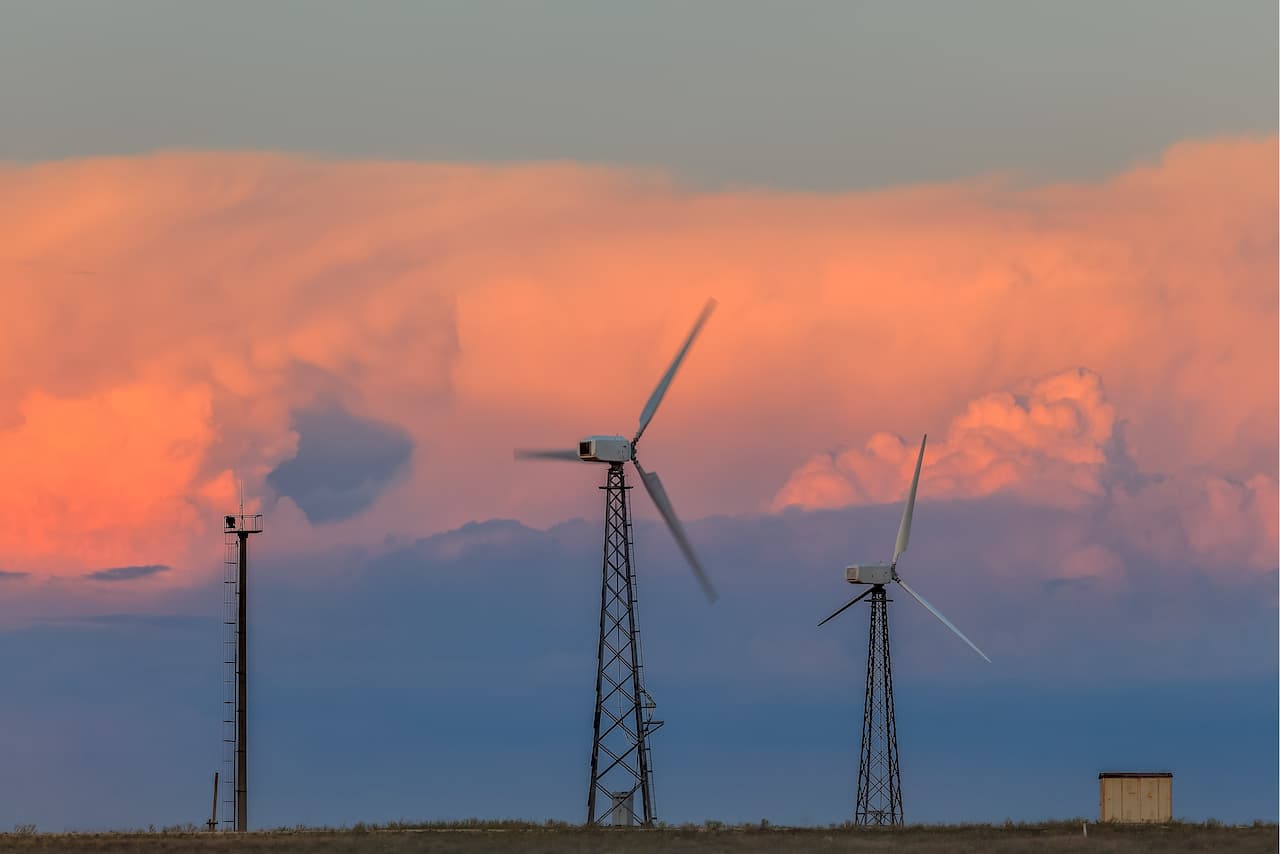Exploring the Most Promising Alternative Energy Sources
In the modern world, energy consumption is an integral part of our lives. We use it to power our homes, our businesses and our transportation. With the rise of global warming, many countries are now looking for alternative sources of energy that are cleaner and more efficient. One of the most promising alternative energy sources is renewable energy. Renewable energy is energy that is generated from natural sources such as sunlight, wind, water and geothermal heat. It is a clean, abundant and inexhaustible source of energy.
Solar energy is one of the most promising alternative energy sources. Solar energy is the energy derived from the sun’s radiation. It can be used to generate electricity and heat through photovoltaic panels and solar thermal collectors. It is a clean, renewable and inexhaustible source of energy that can be used to power homes and businesses. Solar energy is also one of the most cost-effective forms of renewable energy.
Wind energy is another form of renewable energy that is becoming increasingly popular. Wind turbines convert kinetic energy from the wind into mechanical or electrical energy. It is a clean, renewable and inexhaustible source of energy that can be used to generate electricity. Wind turbines are becoming increasingly efficient and cost-effective, making them a viable alternative for many countries.
Geothermal energy is another form of renewable energy that has great potential. Geothermal energy is generated from heat stored in the Earth’s core. It can be used to generate electricity or to provide heating and cooling systems for homes and businesses. Geothermal power plants are also becoming increasingly efficient and cost-effective, making them a viable option for many countries.
Hydropower is another form of renewable energy that has great potential. Hydropower harnesses the power of flowing water to generate electricity. It is a clean, renewable and inexhaustible source of energy that can be used to generate electricity or to provide heating and cooling systems for homes and businesses. Hydropower is becoming increasingly efficient and cost-effective, making it a viable option for many countries.
Biomass is another form of renewable energy that has great potential. Biomass is organic matter such as wood, crops, manure or organic waste that can be used to generate electricity or heat through combustion or fermentation processes. Biomass is a clean, renewable and inexhaustible source of energy that can be used to generate electricity or to provide heating and cooling systems for homes and businesses.
These are just some of the most promising alternative energy sources that are being explored today. Renewable energy sources offer an abundant, clean and inexhaustible source of energy that can be used to power our homes, businesses and transportation systems in a more sustainable way. As technology advances, these alternative energy sources will become even more efficient and cost-effective, making them even more attractive options for many countries around the world.
Renewable Energy: The Future of Power Generation
Renewable energy has been gaining traction as a viable source of electricity in recent years, as it offers a more sustainable and cost-effective option compared to traditional sources of power. Renewable energy comes in many forms, such as solar, wind, hydropower, geothermal and bioenergy. This form of energy is not only more eco-friendly than fossil fuels, but it is also renewable, meaning that it can be replenished over time. This makes it an attractive option for both individuals and businesses looking to reduce their environmental impact and save money on their energy bills.
The potential for renewable energy is vast, and it could play an important role in meeting the world’s growing energy needs. According to the International Energy Agency (IEA), renewable energy sources could account for up to 80% of global electricity production by 2050. This is a significant shift from the current level of around 18%. This shift will require major investments in renewable energy infrastructure, as well as changes in policy and regulation to support the development of these technologies.
The benefits of renewable energy are numerous. It can reduce greenhouse gas emissions, improve air quality, and create jobs in the renewable energy sector. It can also provide a reliable and affordable source of electricity to communities that may otherwise be underserved by traditional power sources. Additionally, renewable energy can help countries become more energy independent, as they are not reliant on imported fossil fuels.
While there are still some challenges associated with the use of renewable energy sources, such as the need for investment in infrastructure and research and development, the potential benefits far outweigh any obstacles. Renewable energy has the potential to revolutionize the way we generate electricity and power our lives. It can help us reduce our dependence on fossil fuels, create jobs, improve air quality, reduce greenhouse gas emissions, and provide affordable and reliable electricity to communities around the world. With continued investments in renewable energy infrastructure and research and development, renewable energy could become the primary source of electricity generation by 2050.

Wind Power: A Growing Source of Renewable Energy
Wind power is becoming an increasingly important source of renewable energy around the world. As the world faces the challenges of climate change, wind power is emerging as a viable alternative to traditional sources of energy such as coal and natural gas. Wind power is a clean, renewable source of energy that can be harnessed to generate electricity. This energy is produced by turbines that convert the kinetic energy of wind into electrical energy.
Wind power has numerous advantages over traditional sources of energy. It is a clean source of energy with no emissions or pollutants, making it one of the most environmentally friendly sources of energy available. It is also a renewable source of energy, meaning that it can be replenished continuously without running out. In addition, wind power is relatively inexpensive to produce, making it a cost-effective source of energy.
The potential for wind power is immense. Wind turbines are becoming increasingly efficient, with some turbines capable of producing up to 8 megawatts of electricity. This means that a single turbine can power thousands of homes. Wind farms, which are collections of wind turbines, can produce even more electricity and are being built in many countries around the world.
Wind power has several challenges, however. One challenge is that wind turbines require large areas of land in order to be effective. This means that they must be built in areas that are not already used for other purposes, such as farming or housing. Another challenge is that wind turbines can be noisy and may have an impact on local wildlife. Finally, wind power can be intermittent and unpredictable, meaning that it cannot always be relied upon to provide a steady supply of electricity.
Despite these challenges, wind power is becoming an increasingly important source of renewable energy around the world. It is clean, renewable, and cost-effective, making it an attractive option for countries looking to reduce their reliance on traditional sources of energy. As technology continues to improve and costs continue to come down, wind power will become an even more important part of the world’s energy mix in the years ahead.
Exploring the Benefits of Hydroelectricity: An Alternative Energy Source
Hydroelectricity is an alternative energy source that has been used for centuries to generate electricity. Its advantages are numerous, making it a viable choice for energy production. It is reliable, renewable, and environmentally friendly, making it an attractive choice for many consumers.
Hydroelectricity is produced by using the power of falling water to turn turbines that generate electricity. It is a renewable energy source because the water can be used over and over again without depleting resources or harming the environment. This makes it a great choice for sustainable energy production.
Hydroelectricity is also reliable. Since it uses the natural force of gravity, it is not dependent on other external factors like wind or solar power. This means that it will always be available as long as there is water flowing down a hill or mountain. This makes it a great choice for places that have limited access to other types of energy sources.
In addition to being reliable and renewable, hydroelectricity is also environmentally friendly. It does not produce any emissions or pollutants, which makes it a great choice for those who are looking to reduce their environmental footprint. Furthermore, since the water used in hydroelectricity is usually from already existing sources like rivers and lakes, it does not require additional energy to process or transport.
Finally, hydroelectricity is cost-effective. Since it does not require additional energy sources or equipment, the cost of hydroelectricity is often lower than other types of energy sources. This makes it an attractive option for many consumers who are looking to save money on their energy bills.
Overall, hydroelectricity is an attractive choice for those who are looking to reduce their environmental impact while also saving money on their energy bills. It is reliable, renewable, and environmentally friendly, making it a viable choice for many consumers. Furthermore, its cost-effectiveness makes it a great option for those who are looking to save money on their energy bills without compromising their environmental values.


Leave a Reply